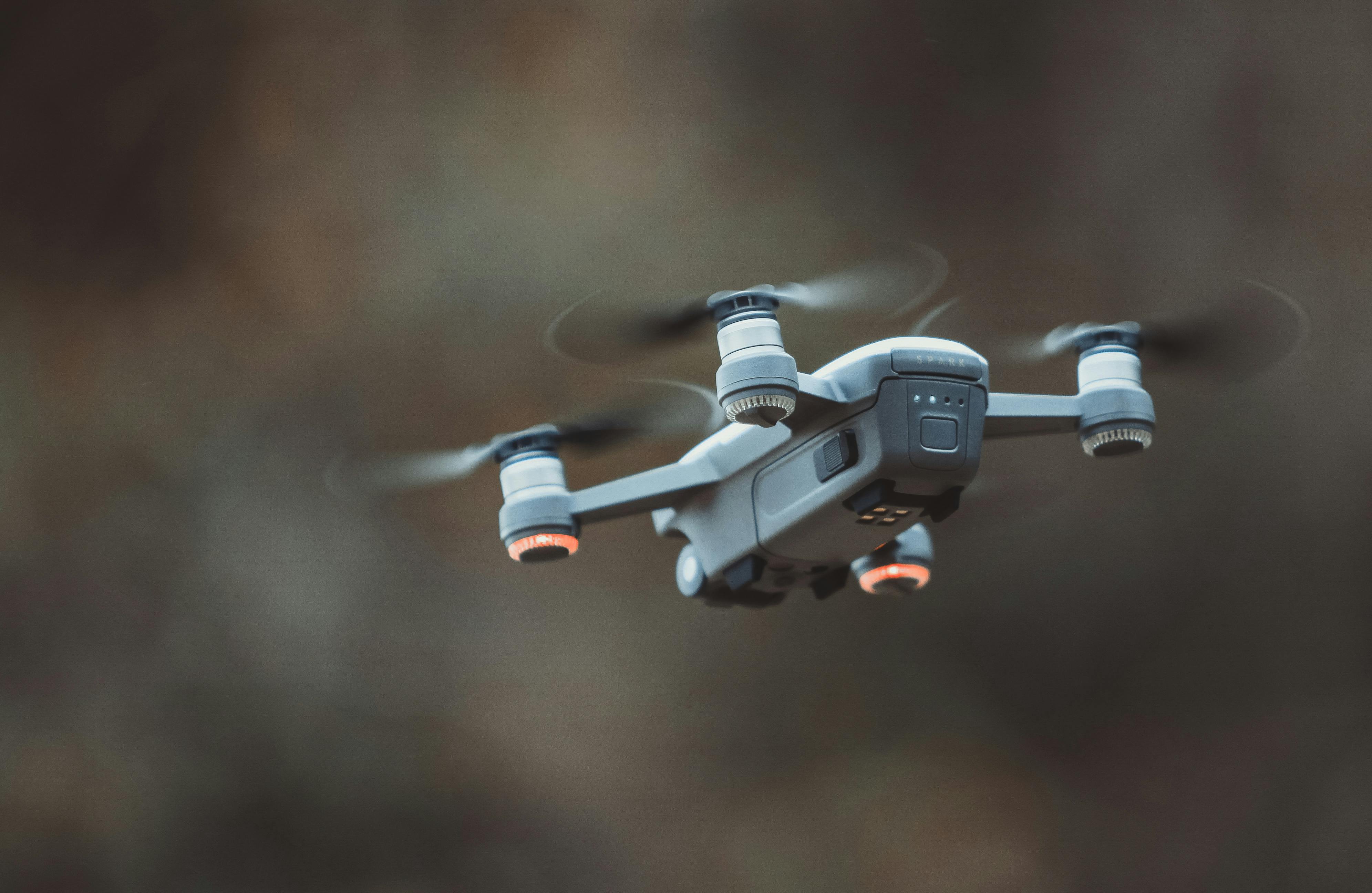|
In 2025, home security is no longer just about alarms or motion sensors but rather becoming intelligent, predictive, and integrated into everyday living. New technologies such as artificial intelligence (AI), biometrics, drones, and blockchain are turning ordinary systems into connected, learning networks. These innovations are giving homeowners greater control, faster response times, and a stronger sense of safety. AI-Powered Security: From Reactive to Predictive ProtectionArtificial intelligence is transforming home security from passive monitoring to proactive defence. Traditional motion sensors often trigger false alarms caused by pets, wind, or passing cars. AI helps solve this by understanding context, not just movement. Modern AI-enabled cameras recognise familiar faces and identify strangers. They can interpret behaviour, spotting unusual actions like loitering or climbing fences, while ignoring routine movements. AI systems build a clear picture of normal household activity and flag anything that looks out of place. They also filter out background noise such as rain or moving branches, ensuring alerts are sent only when real threats are detected. Over time, these systems keep improving as they learn from patterns in their environment. The next step is predictive protection. By analysing household routines, AI can anticipate risks before they occur, shifting home security from reactive alerts to preventative safety. Biometric Access: Replacing Keys with IdentityPhysical keys are being replaced by biometric access. Homeowners are increasingly using fingerprints, facial recognition, iris scans, and even voice identification to unlock doors. Biometric systems offer quick, contactless entry that is difficult to duplicate. Fingerprint scanners remain popular for their convenience and reliability, while iris and retinal scanners provide exceptional accuracy for those seeking higher levels of protection. These systems also allow flexible control for families. Parents can give limited-time access to guests or service providers, while alarms can automatically disarm for recognised users. However, stronger privacy safeguards are essential. As facial recognition becomes more common in homes, data security and transparency about how biometric information is stored are vital for maintaining user trust. Drone Surveillance: Security That Moves with YouDrones are becoming an exciting part of home surveillance. With high-definition cameras and intelligent analytics, drones can patrol properties automatically or respond to motion triggers. They provide a moving, overhead view that fixed cameras cannot, making it easier to monitor large areas such as rooftops, driveways, or backyards. Drones connect to home security systems through cloud and IoT networks, streaming live footage to mobile apps or hubs. This integration means a drone can react instantly to alarms, verify threats, and even coordinate with other devices to trigger alerts or lockdowns. By extending visibility beyond the limits of static cameras, drones create a more dynamic layer of protection. Unified Smart Systems and IoT: Connected, Smarter HomesIn 2025, more homes are moving toward fully connected ecosystems through the Internet of Things (IoT). Cameras, locks, and sensors now communicate and work together through a single app or hub. This means a fingerprint scan at the front door can unlock the entry, turn on the lights, and disarm the alarm in one seamless action. When a sensor detects movement, cameras can automatically focus on that area and send a live alert to your phone. This connected approach saves time, reduces confusion, and ensures every component works together to keep the home secure. Blockchain and Tamper-Proof Smart LocksBlockchain technology is quietly becoming one of the most reliable tools for securing digital access. By storing all access events in a decentralised, tamper-proof ledger, blockchain ensures that records cannot be altered or deleted. Every entry is timestamped and verifiable, creating a clear trail of accountability. It also makes key management safer. Homeowners can share or revoke digital keys securely without relying on a central server that could be hacked. Smart contracts can automatically authenticate users and block suspicious activity, reducing the risk of tampering or intrusion. For smart locks, this technology provides transparency, resilience, and a stronger layer of trust between devices and users. Balancing Innovation with Privacy and TrustAs technology advances, privacy becomes as important as protection. AI monitoring, facial recognition, and drone footage raise questions about how data is collected and used. Homeowners should look for products with transparent privacy settings, strong encryption, and clear data policies. Leading security brands are already prioritising this by giving users greater control over their information and ensuring compliance with privacy standards. A balanced approach is essential. Innovation should make homes safer without compromising the right to personal privacy. The best systems are those that combine intelligence with integrity. Looking Ahead: Smarter, Safer, and More Secure HomesThe future of smart home security is about foresight and confidence. AI will become more accurate, drones more autonomous, and biometrics more intuitive. Blockchain will continue to make access control more transparent and secure. For homeowners, the coming years promise a safer and more seamless experience — one where technology anticipates risks, responds intelligently, and respects privacy as much as it values protection. The smart home of tomorrow will not just be connected. It will be aware, adaptive, and built to protect what matters most. |
The Future of Smart Home Security in 2025 and Beyond
Posted by Secure Your World on 6th Nov 2025



